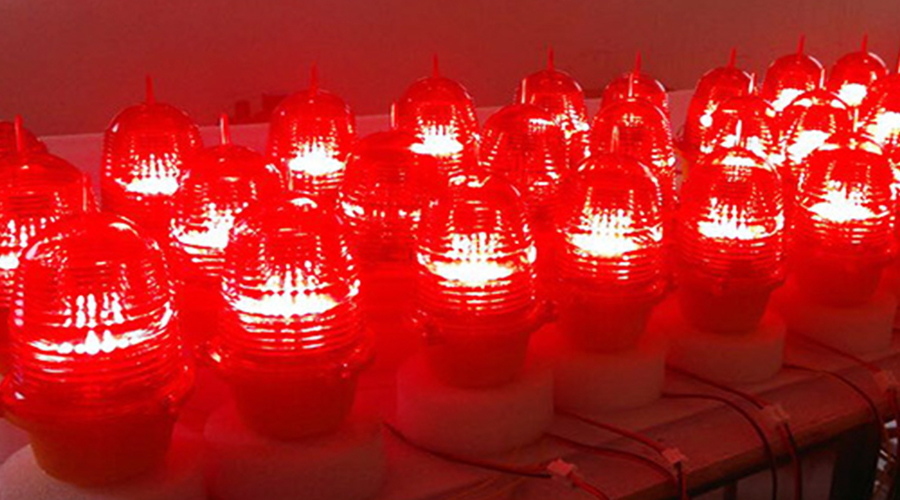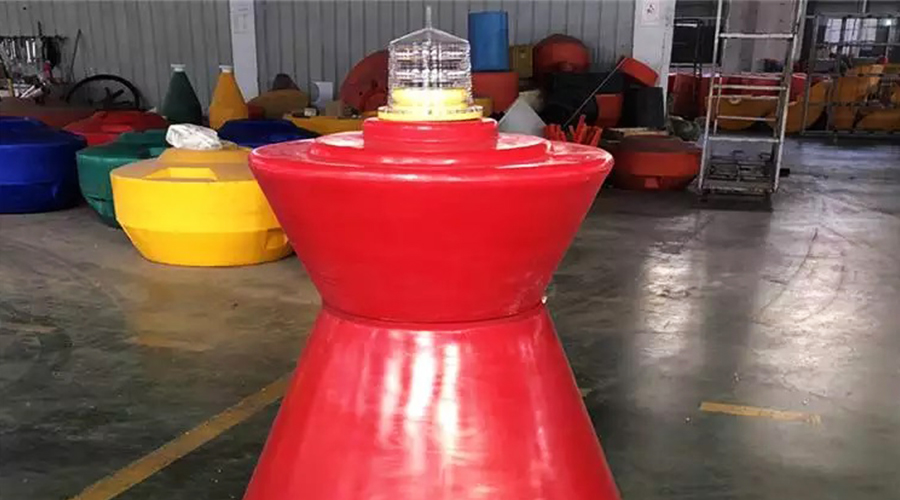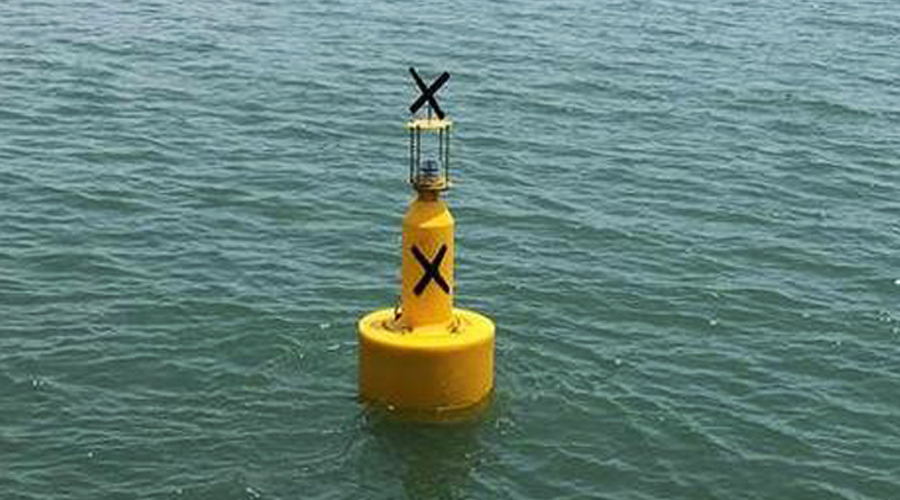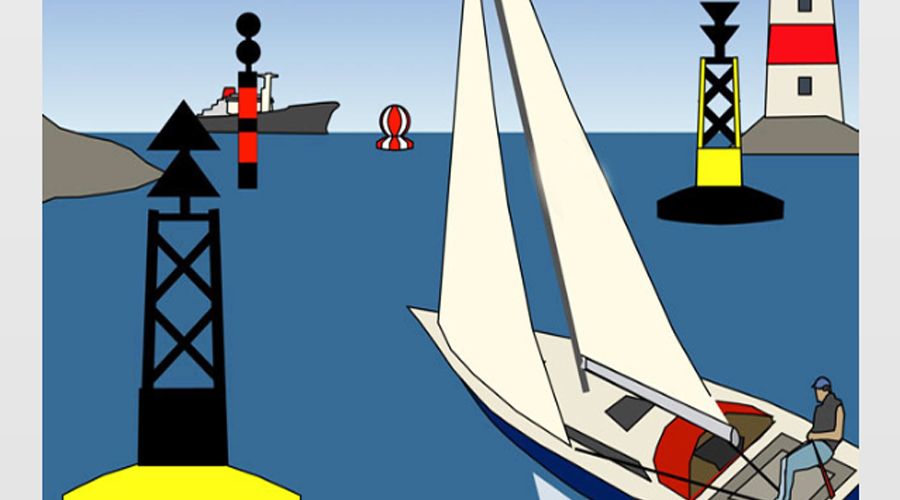Aviation lights, also known as navigation lighting equipment, are special lamps that mark obstacles. According to the application, they are divided into low-intensity obstruction lights, medium-intensity aviation obstruction lights, and high-intensity high-altitude obstruction lights.
Any installation and use of any one needs to follow the corresponding standards. Let us understand the details together.
Standards For LED Aviation Lights
The function of aviation obstruction lights is to show the outline of the structure, so that the aircraft operator can judge the height and outline of the obstacle and play a warning role.
Low-intensity aviation obstruction warning lights are always on, medium-intensity aviation obstruction lights and high-intensity aviation obstacle lights are flashing, and the flashing frequency is not less than 20 times per minute and not more than 60 times per minute.
Whether it is Chinese aviation or the world, there are the following standard requirements for aircraft warning lights:
- Flight obstruction lights and signs should be installed for height-restricted or super-high buildings and structures in the airport clearance protection zone.
- Artificial and natural obstacles that affect flight safety on the route and around the flight area should be equipped with aviation lights and signs.
- Tall buildings and facilities on the ground that may affect flight safety should be equipped with aviation obstruction lights and signs, and they should be kept in normal condition.
- ※ Public security, fire protection, transportation and other departments have built aprons in the city, and the airspace above the city is considered as clear air. Tall buildings and structures in the city should also be equipped with obstruction lights and signs.
Classification of Aviation Obstruction Lights
High-altitude obstacle warning lights are divided into three categories: low light intensity, medium light intensity and high light intensity:
- Low-intensity lights are always red, and the peak light intensity is greater than 32.5cd. Generally not used alone, it needs to be used with medium-intensity and high-intensity aviation obstruction lights.
For example, buildings and facilities above 45 meters are equipped with multiple layers of medium-intensity or high-intensity aviation obstruction lights, which are used in conjunction with low-intensity aviation obstruction lights to identify obstacles.
- Medium-intensity lights are divided into two types according to luminous requirements:
a. Type A medium-intensity obstruction lights are white flashing lights with an effective light intensity of 20,000 cd-2,000 cd.
Used for buildings, facilities and obstacles with strong background light above 105 meters, or used in combination with high-intensity aviation obstruction lights.
b. Type B medium-intensity aviation obstruction lights are red flashing lights with an effective light intensity of 2000cd±25%. They are used for buildings and facilities below 105m, or in combination with medium-intensity type A and high-intensity type A.
- High-intensity lights are white, all-day-luminous aviation obstruction lights, generally used on the tops of buildings above 150 meters: often used in super-high buildings, chimney tops, for flight navigation, to prevent aircraft from hitting obstacles.
Regardless of the type of aviation lights installed, the number and arrangement of aviation obstruction lights at different heights should be able to see the “outline” of the object or object group from all aspects, and consider the sequential flashing of the obstacle warning lights to achieve a clear warning effect.




